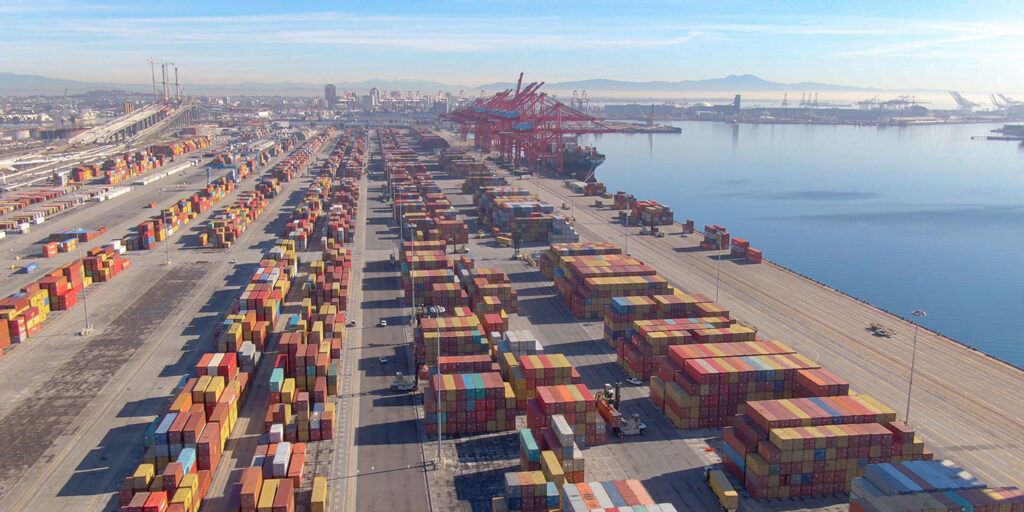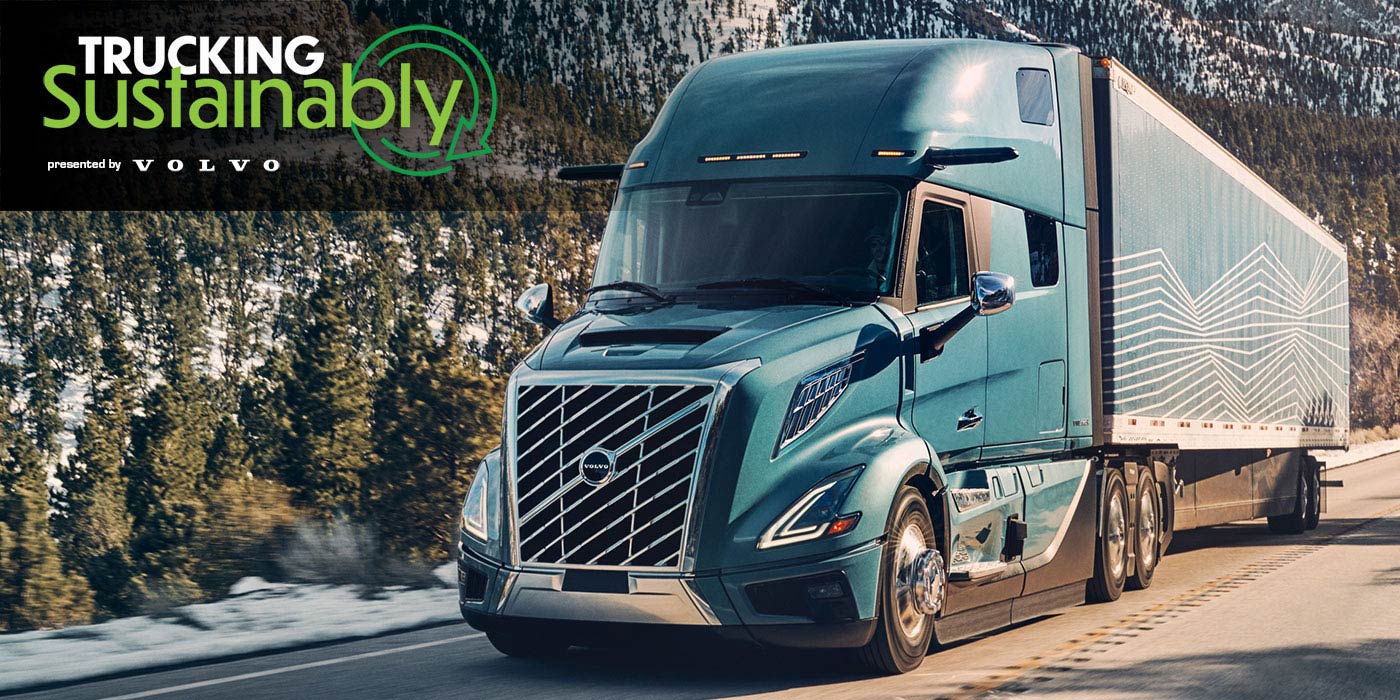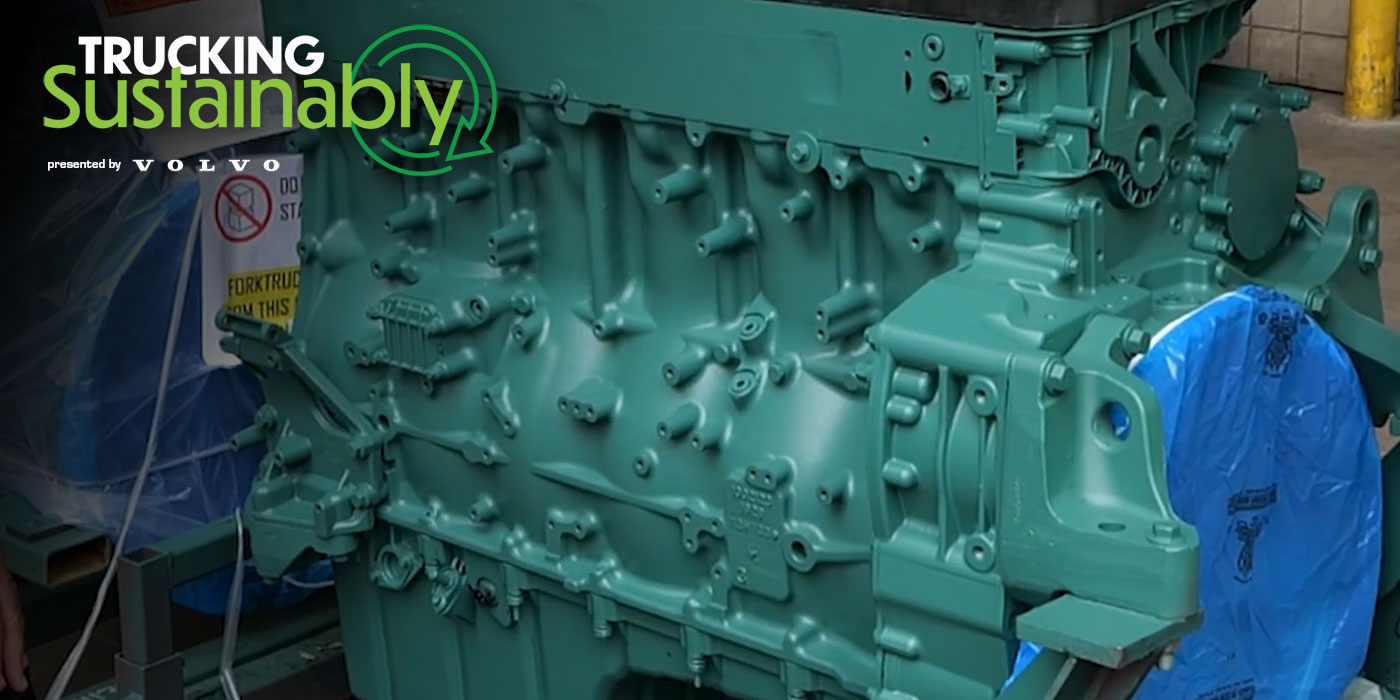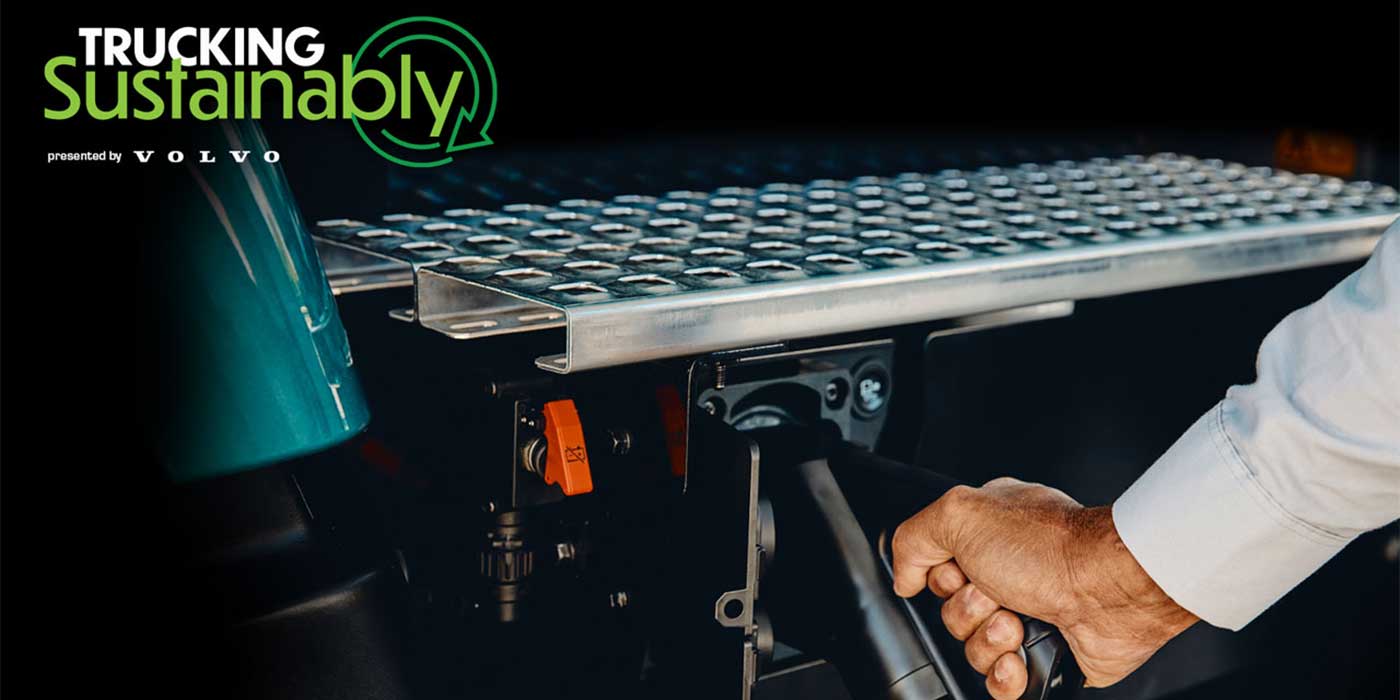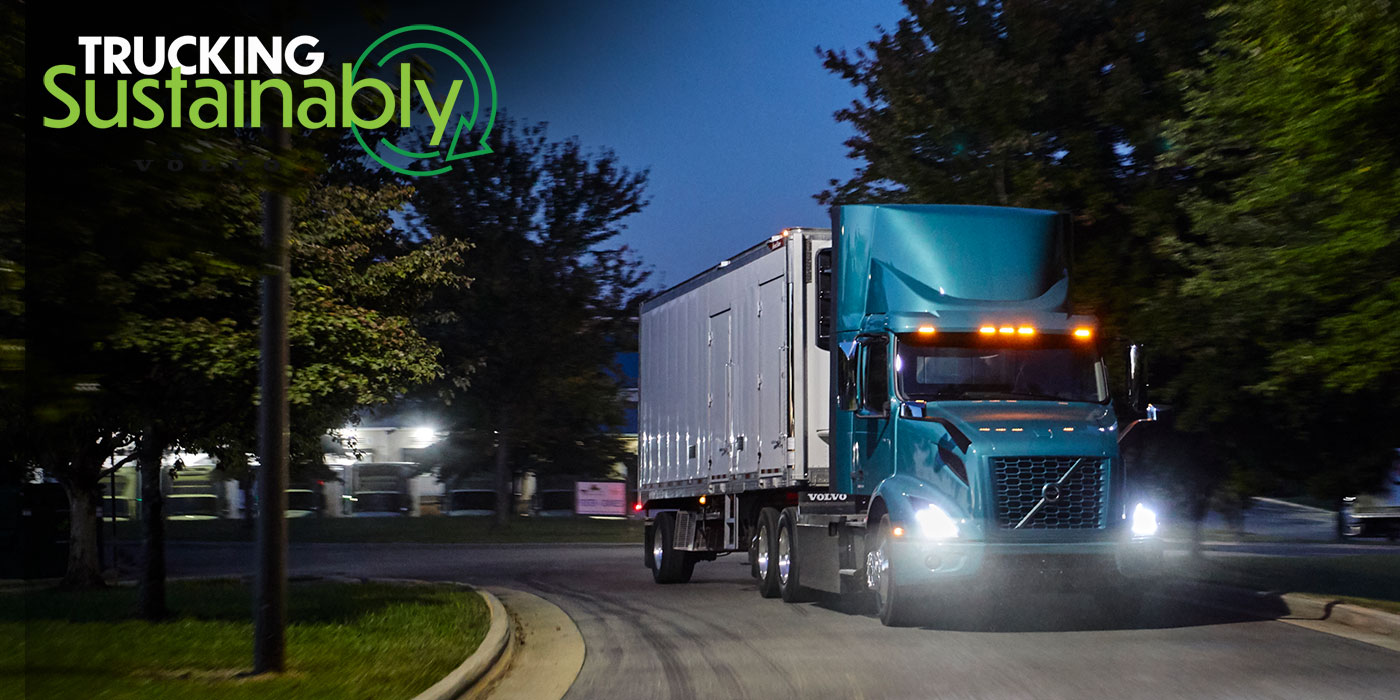Fifty percent. That’s the latest ACT Research production forecast for the percentage of commercial vehicles that will be battery electric by 2040. Consider that annual North America truck production typically falls around the 300,000 mark; that means in 2040, 150,000 would be battery electric. If today’s electric trucks are any indication of the number of battery packs each EV might carry, we’re looking at four to six battery packs. That means that year alone would put between 600,000 and 900,000 battery packs on the road.
That’s a lot of batteries. And sure, that’s more than a decade away, but electric trucks are already rolling into applications today. Batteries are on the road right now, and that number will certainly grow. So what happens when they reach the end of their useful lifecycle?
“The OEM’s responsibility is huge when it comes to the batteries,” said Elisabeth Larsson, senior vice president, sales and services, Volvo Energy. “Battery circularity is about the entire life of the battery. A battery has one, two, or maybe even three lives, and where Volvo Energy comes in is in supporting the life of the battery. First, we want to make sure that the battery is performing optimally in its first life in its vehicle–that it has the optimal charging and that we are getting all the performance out of the battery that we want. We’re doing a lot of monitoring and analyzing of the data that we’re receiving from the battery.
After the first life comes what Larsson referred to as the “Four Rs”:
- Refurbishing – Restoring damaged batteries
- Remanufacturing – Keeping core components but replacing others to rejuvenate the battery.
- Repurposing – Utilizing the battery for different applications, potentially introducing them into energy storage systems.
- Recycling – Ensuring the battery, at the end of its life, is disposed of responsibly.
There’s a lot to talk about when it comes to battery lifecycle management and it could have a huge impact on how trucks are purchased and managed, as well as how residual value is recouped after the batteries’ first useful life. Larsson sat down to discuss Volvo Energy’s strategy and its view of power management in a zero-emissions vehicle future. Watch the video for all of her insights.





